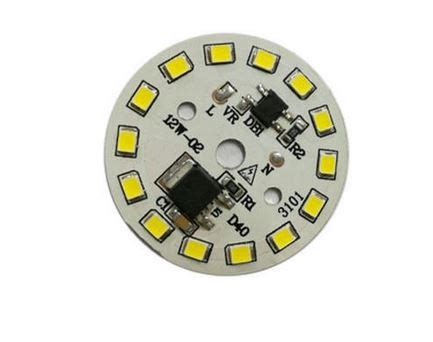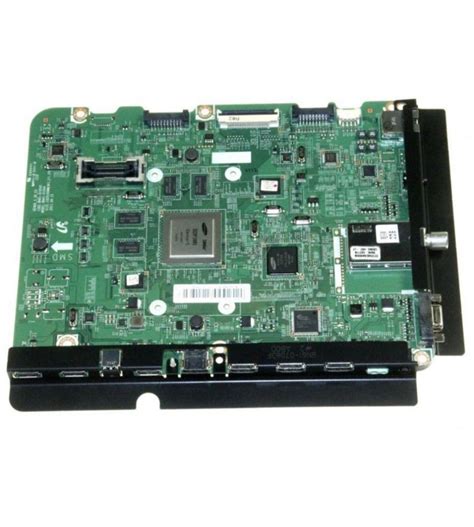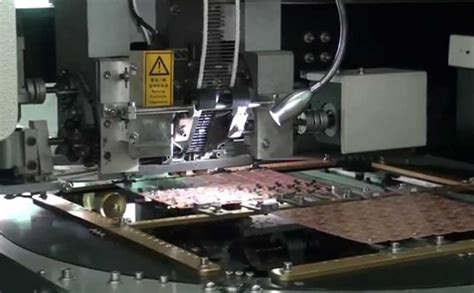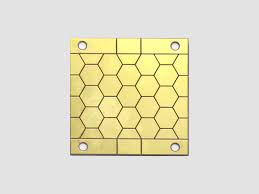Advanced Industrial PCB Technologies for Harsh Environments
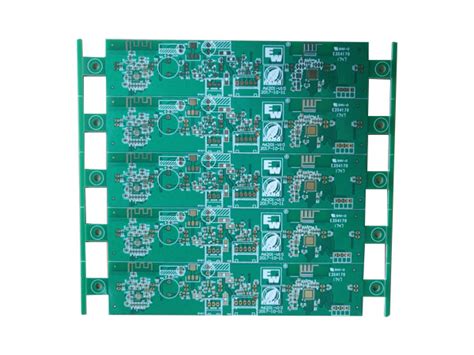
Key Takeaways
When selecting PCB manufacturing solutions for harsh environments, you need to prioritize technologies that balance durability with performance. Industrial-grade PCB design standards demand materials like high-Tg laminates and ceramic substrates to withstand extreme temperatures, while thermal management systems—such as embedded heat sinks or copper-core layers—prevent overheating in energy-intensive applications. For machinery exposed to constant vibration, vibration-resistant circuitry with reinforced solder joints and flexible connectors ensures longevity.
"Industrial automation systems require PCBs that perform consistently under stress—choosing the right materials and design protocols is non-negotiable."
Here’s a quick comparison of critical factors for PCB manufacturing companies serving industrial sectors:
| Feature | Traditional PCBs | Industrial-Grade PCBs |
|---|---|---|
| Material Durability | FR-4 Standard | High-Tg, Metal-Core |
| Thermal Tolerance | Up to 130°C | Up to 180°C |
| Vibration Resistance | Moderate | Enhanced (IEC 60068-2-6 Certified) |
To optimize PCB manufacturing cost, consider partnering with suppliers specializing in ruggedized designs. Many PCB manufacturing businesses now offer modular solutions tailored for automation and energy systems, reducing downtime in critical operations. For deeper insights into compliance, review industrial PCB standards.
Pro Tip: Always validate corrosion protection coatings—such as conformal coatings or ENIG finishes—to extend PCB lifespan in humid or chemically aggressive settings. By aligning your requirements with industrial-grade specifications, you ensure reliability without compromising scalability.
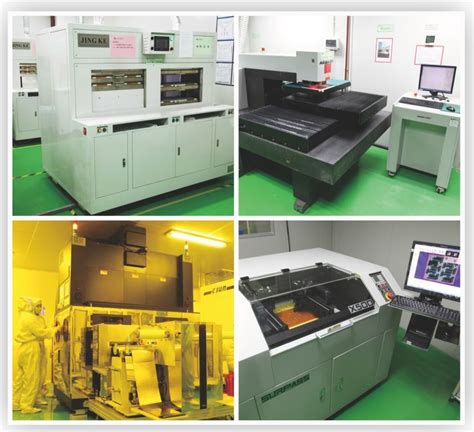
Rugged PCB Materials for Harsh Environments
When designing electronics for demanding industrial applications, your material choices directly determine long-term reliability. PCB manufacturing companies prioritize substrates like high-Tg FR-4, polyimide, and ceramic-filled laminates to withstand extreme temperatures, chemical exposure, and mechanical stress. These materials maintain structural integrity at temperatures exceeding 150°C, critical for environments like foundries or oil rigs where thermal cycling is constant.
To minimize PCB manufacturing cost while ensuring durability, engineers often layer conductive coatings or conformal shields over copper traces. This prevents corrosion from moisture, dust, or acidic atmospheres—common in mining or marine systems. For instance, ENIG (Electroless Nickel Immersion Gold) finishes enhance solderability while resisting oxidation, reducing maintenance needs in automation machinery.
The PCB manufacturing business also leverages metal-core boards or heavy copper designs (2-20 oz) to dissipate heat efficiently. These solutions prevent delamination in high-vibration settings, such as wind turbines or heavy machinery. By partnering with specialized PCB manufacturing providers, you gain access to materials engineered for CTE (Coefficient of Thermal Expansion) matching, which avoids solder joint failures during rapid temperature shifts.
Selecting rugged materials isn’t just about survival—it ensures your boards perform predictably under pressure, aligning with industrial-grade design standards. Next, we’ll explore how advanced thermal management techniques further enhance reliability in extreme conditions.
Thermal Management in Extreme Industrial Settings
When operating in high-temperature environments, your industrial equipment requires PCB manufacturing solutions that go beyond standard thermal handling. Modern thermal management strategies integrate advanced materials like ceramic-filled substrates and metal-core boards, specifically engineered to dissipate heat 3x faster than conventional FR-4 alternatives. Leading PCB manufacturing companies now prioritize embedded heat sinks and thermal vias to channel excess energy away from sensitive components, preventing premature failure in applications like steel mills or chemical processing plants.
Balancing PCB manufacturing cost with performance demands careful design choices. For instance, selecting high-temperature laminates (e.g., polyimide) might increase upfront expenses but reduces long-term maintenance costs by 40% in extreme settings. You’ll also find that dynamic thermal simulation tools enable precise modeling of heat distribution, allowing engineers to optimize layouts before production—a critical step for PCB manufacturing business models focused on industrial clients.
To ensure reliability, these systems often incorporate active cooling paired with passive dissipation techniques, creating redundant thermal pathways. This dual approach becomes indispensable in environments where ambient temperatures exceed 150°C, safeguarding against delamination or solder joint fatigue. By aligning material science with intelligent design, modern PCBs maintain operational integrity even under sustained thermal stress.
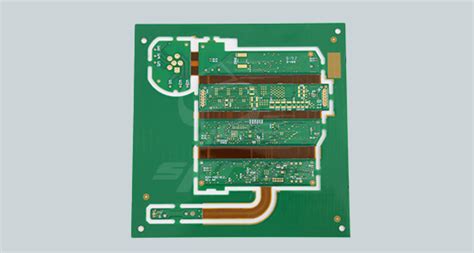
Vibration-Resistant Circuitry for Heavy Machinery
When designing circuit boards for heavy machinery, PCB manufacturing must prioritize structural integrity to withstand constant mechanical stress. Machinery like hydraulic presses, mining equipment, or agricultural systems generate intense vibrations that can loosen components, fracture solder joints, or warp substrates over time. To combat this, ruggedized substrates such as metal-core PCBs or high-Tg laminates are combined with reinforced mounting holes and edge connectors. These materials absorb kinetic energy while maintaining electrical stability.
Advanced PCB manufacturing companies employ techniques like conformal coating and underfill epoxy to secure sensitive components. For example, potting critical ICs or using flexible solder masks reduces micro-cracking risks. Additionally, finite element analysis (FEA) simulations help predict stress points during the design phase, allowing engineers to optimize layouts for dynamic stress distribution.
Balancing PCB manufacturing cost with durability requires strategic material selection. While thicker copper layers or shock-absorbent dielectrics increase initial expenses, they extend the board’s lifespan in high-vibration environments—reducing long-term maintenance costs. For heavy machinery operators, partnering with a PCB manufacturing business specializing in industrial-grade solutions ensures compliance with standards like IPC-6012 Class 3, which mandates rigorous testing for vibration resistance.
By integrating these practices, you ensure your equipment’s electronics remain operational even under relentless mechanical strain, supporting continuous operation in demanding industrial settings.
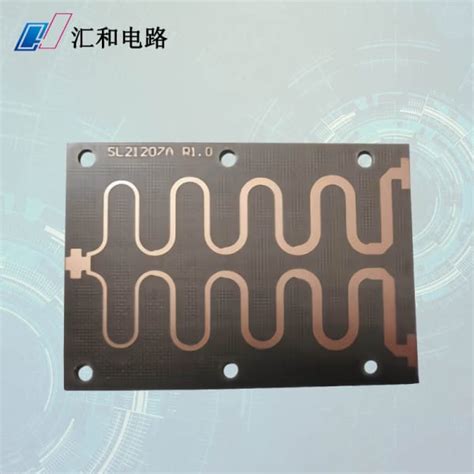
Industrial-Grade PCB Design Standards
When designing industrial-grade PCBs, you need to prioritize ruggedization and long-term reliability to meet the demands of harsh environments. Unlike consumer-grade boards, these circuits must adhere to stringent design standards that account for thermal cycling, mechanical stress, and chemical exposure. For example, IPC-6012 Class 3 specifications ensure boards withstand extreme temperatures, while UL certification validates flame resistance and material durability.
To minimize pcb manufacturing cost without compromising quality, engineers often optimize layer stack-ups and select materials like high-Tg laminates or metal-core substrates. Leading pcb manufacturing companies leverage advanced techniques such as controlled impedance routing and conformal coating to enhance signal integrity and protect against contaminants. These practices are critical in the pcb manufacturing business, where failure rates directly impact operational downtime in sectors like energy or automation.
Your design should also integrate design-for-manufacturability (DFM) principles to streamline production. This includes specifying thicker copper traces for power-heavy applications or embedding thermal vias to dissipate heat efficiently. By aligning with industrial pcb manufacturing protocols, you ensure boards meet IEC 61131 or MIL-PRF-31032 benchmarks, which govern performance in vibration-prone or corrosive settings. Such rigor not only extends product lifespans but also reduces total ownership costs across the board’s lifecycle.

High-Reliability PCBs for Energy Systems
When designing PCB manufacturing solutions for energy systems, durability and precision are non-negotiable. These systems operate in environments where temperature fluctuations, humidity, and electromagnetic interference are constant threats. Leading PCB manufacturing companies prioritize high-Tg materials and heavy copper layers to ensure boards withstand thermal stress and high-current demands. For example, solar inverters and grid control systems rely on PCB manufacturing techniques like embedded component technology to minimize failure points while maximizing space efficiency.
Balancing PCB manufacturing cost with performance requires strategic material selection. Using ceramic substrates or polyimide-based laminates might increase initial expenses but reduces long-term maintenance needs in wind turbines or substations. Rigorous testing protocols—such as thermal cycling and vibration simulations—are critical to validate reliability. For businesses in the PCB manufacturing business, offering conformal coating services or IP-rated enclosures adds value, ensuring boards survive dust, moisture, and corrosive elements.
Ultimately, energy systems demand PCBs that blend ruggedness with precision. By collaborating with PCB manufacturing companies specializing in industrial applications, you secure solutions that align with both operational demands and lifecycle cost-efficiency.
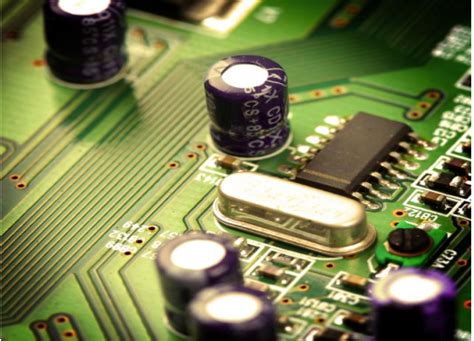
Automation-Optimized Circuit Board Solutions
When designing PCB manufacturing solutions for industrial automation, you need boards that seamlessly integrate with high-speed control systems while maintaining precision under constant operation. PCB manufacturing companies prioritize signal integrity and electromagnetic compatibility to ensure circuits perform reliably in environments filled with servo motors, robotic arms, and sensor networks. Advanced multi-layered designs with optimized trace routing minimize interference, while rugged substrates withstand temperature fluctuations common in automated assembly lines.
Balancing PCB manufacturing cost with performance requires strategic material selection—such as polyimide for flexible applications or ceramic-filled laminates for thermal stability. For mission-critical automation, manufacturers implement automated optical inspection (AOI) and boundary scan testing to catch defects early, reducing downtime risks. The PCB manufacturing business also leverages embedded component technology to shrink board footprints, enabling compact designs for space-constrained robotic systems.
To enhance compatibility, look for suppliers offering industry-specific certifications (e.g., IPC-6012 Class 3) and expertise in vibration-resistant mounting techniques. By aligning your requirements with PCB manufacturing partners specializing in industrial automation, you ensure boards meet both operational demands and long-term maintenance needs without compromising throughput or reliability.
Corrosion Protection in Harsh Condition PCBs
When operating in environments exposed to moisture, chemicals, or salt spray, protecting your PCB manufacturing process from corrosion becomes critical. Ruggedized designs start with material selection—using substrates like polyimide or ceramic-filled laminates that inherently resist chemical degradation. However, even robust materials require additional safeguards. PCB manufacturing companies often apply specialized conformal coatings, such as acrylic or silicone-based layers, to seal circuitry against contaminants. These coatings act as a barrier while maintaining flexibility to withstand thermal cycling.
To minimize PCB manufacturing cost, engineers balance protective measures with functional requirements. For example, selective coating—applying protection only to vulnerable areas—reduces material use without compromising reliability. In high-risk settings like offshore energy systems, immersion gold or ENIG (Electroless Nickel Immersion Gold) surface finishes enhance corrosion resistance for exposed contacts. Additionally, proper solder mask application prevents dendritic growth, a common failure mode in humid conditions.
For PCB manufacturing business models targeting industrial automation, integrating corrosion protection early in the design phase avoids costly redesigns. Partnering with manufacturers experienced in IPC-CC-830 standards ensures coatings meet thickness and adhesion requirements. Testing protocols, including salt spray and humidity chambers, validate performance before deployment. By prioritizing corrosion-resistant strategies, you ensure long-term functionality in environments where even minor degradation can disrupt operations.
Engineered PCB Solutions for Industrial Automation
When designing PCB manufacturing strategies for industrial automation, you need specialized solutions that balance precision, durability, and scalability. Modern automation systems demand circuit boards capable of withstanding continuous operation cycles, electromagnetic interference (EMI), and rapid signal processing. Leading PCB manufacturing companies prioritize ruggedized substrates like high-Tg laminates and polyimide, which maintain structural integrity under thermal stress and mechanical strain.
To optimize PCB manufacturing cost, engineers integrate modular designs that allow for standardized component placement, simplifying both production and maintenance. Advanced vibration-resistant layouts—featuring reinforced through-holes and flexible interconnects—ensure reliability in robotic arms and conveyor systems. Additionally, embedded sensors and real-time monitoring circuits enable predictive maintenance, reducing downtime in automated facilities.
For businesses scaling their PCB manufacturing business, adopting industry-specific certifications (e.g., IPC-6012 Class 3) ensures compliance with stringent industrial standards. Collaboration with PCB manufacturing companies experienced in automation applications also helps tailor solutions for high-density interconnect (HDI) designs or mixed-signal configurations. By focusing on these engineered approaches, you achieve seamless integration of PCBs into automation frameworks while maintaining long-term operational resilience.
Conclusion
When designing industrial systems for harsh environments, the choice of PCB manufacturing partner becomes critical. Leading PCB manufacturing companies prioritize ruggedized materials, precision engineering, and compliance with industrial-grade standards to ensure your circuits withstand extreme temperatures, vibrations, and corrosive elements. While PCB manufacturing cost may seem higher upfront, investing in specialized solutions reduces long-term downtime and maintenance expenses, directly impacting operational efficiency. For businesses in automation, energy, or heavy machinery, aligning with a PCB manufacturing business that understands thermal dissipation strategies and vibration-resistant layouts ensures seamless integration into demanding applications. By balancing technical rigor with scalable production, these partnerships empower you to deploy reliable electronics that thrive where conventional boards fail—securing performance even in the most unforgiving settings.
FAQs
How do industrial PCBs differ from standard PCBs in harsh environments?
Industrial PCBs use ruggedized substrates like high-Tg laminates and metal-core boards to withstand extreme temperatures, vibrations, and corrosive elements. PCB manufacturing companies prioritize thicker copper layers and advanced conformal coatings to ensure durability in applications like heavy machinery or energy systems.
What factors affect PCB manufacturing cost for industrial applications?
Costs rise with specialized materials (e.g., ceramic-filled PTFE), multi-layer designs, and rigorous testing (thermal cycling, shock resistance). Partnering with PCB manufacturing experts ensures cost-efficiency without compromising compliance with IPC-6012 Class 3 or MIL-PRF-31032 standards.
How do you select a reliable PCB manufacturing business for automation systems?
Look for suppliers with expertise in vibration-resistant layouts and embedded thermal management. Certifications like ISO 9001 and IATF 16949 indicate adherence to industrial-grade design protocols, critical for automation and robotics.
Can existing PCBs be upgraded for harsh environments?
Yes, retrofitting involves applying protective coatings or integrating metal-core heat sinks. However, consult PCB manufacturing specialists to assess compatibility with your system’s mechanical and electrical requirements.
Need Custom Industrial PCB Solutions?
For tailored designs that meet extreme operational demands, click here to explore our capabilities. Our team optimizes PCB manufacturing cost while ensuring compliance with industrial reliability standards.


